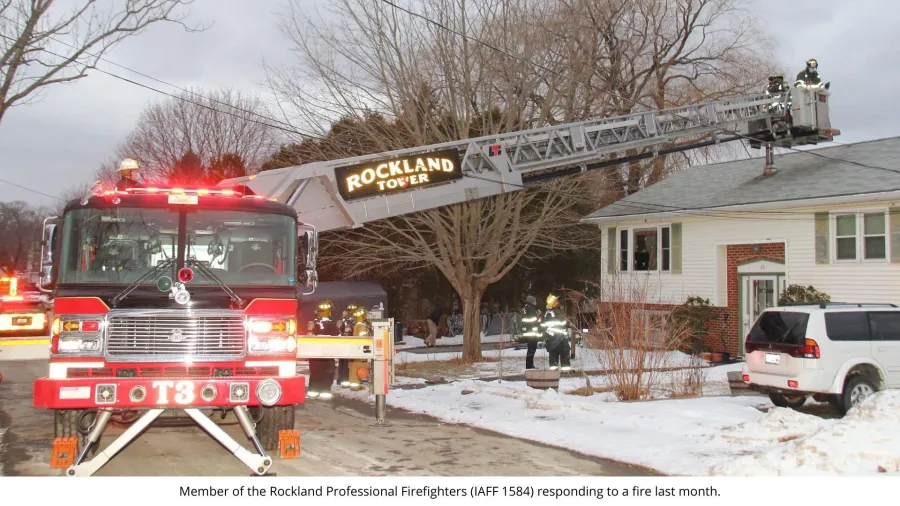One Year in: ARPA Has Guaranteed Pensions & Helped Workers Bargain for Better Wages & Working Conditions

It’s been a year since the labor-backed American Rescue Plan Act (ARPA) became law. The American Rescue Plan guaranteed that more than a million union retirees, including thousands of Mainers, received their full earned pensions instead of pennies on the dollar. All total, more than 10 million workers and retirees in multiemployer plans directly benefit from this legislation. Workers who have had their pension benefits cut have had those cuts paid back.
The measure also provided $240 million to Maine cities and towns and $261 million to counties. The funding has helped workers like teachers, fire fighters, police and other municipal employees negotiate better contracts. The federal government has provided the funding in two rounds, the first of which municipalities received in May 2021, and the second will follow this spring.
A new report from the Economic Policy Institute (EPI) shows that we can create a fairer economy by investing in front-line workers in the public sector. The report shows:
- Thanks to federal recovery funds, state and local policymakers have substantial additional resources to invest in their communities—and they should invest in raising pay for their own employees.
- Many of the workers providing public services are paid low wages. Roughly one-third of state and local government workers are paid less than $20 an hour and more than 15% are paid less than $15 an hour.
EPI pointed out that state and local governments have the money to raise wages for all their employees, thanks to the American Rescue Plan, and that public sector employers can help close the pay gap by providing fairer wages for their workers.
Currently, many Maine communities are already making decisions on how to spend these funds, so it’s very important that voters contact their local officials and let them know how they want the money allocated. As the Maine Center for Economic Policy (MECEP) notes, this money can be spent on one of the five categories:
- Providing premium pay for essential workers (additional compensation for workers who have experienced some of the greatest impacts of the pandemic)
- Support for public health expenditures
- Addressing negative economic impacts caused by the COVID-19 public health emergency
- Replacing lost public sector revenue
- Investing in water, sewer, and broadband infrastructure
While many municipalities have already started allocating their funding, several have yet to decide. In total ARPA has delivered roughly $6 billion to Maine’s economy, according to MECEP. These initiatives have included:
- $2.17 billion in payments to Maine households, including $1.67 billion in Economic Impact Payments (direct checks) and $503 million boost to the Child Tax Credit and Earned Income Tax Credit.
- $1.67 billion for state government and communities, including funding to protect jobs, services, and infrastructure investments critical to the recovery.
- $537 million for Maine’s K-12 schools and higher education, including funding to help Maine’s k-12 schools safely reopen for in-person instruction and to help make up for learning losses caused by virtual schooling.
- $314 million for health care, including vaccination and testing and rural health care centers.
- $192 million for housing assistance for renters and homeowners.
- $156 million for child care, including targeted funding for children from households with low incomes.
